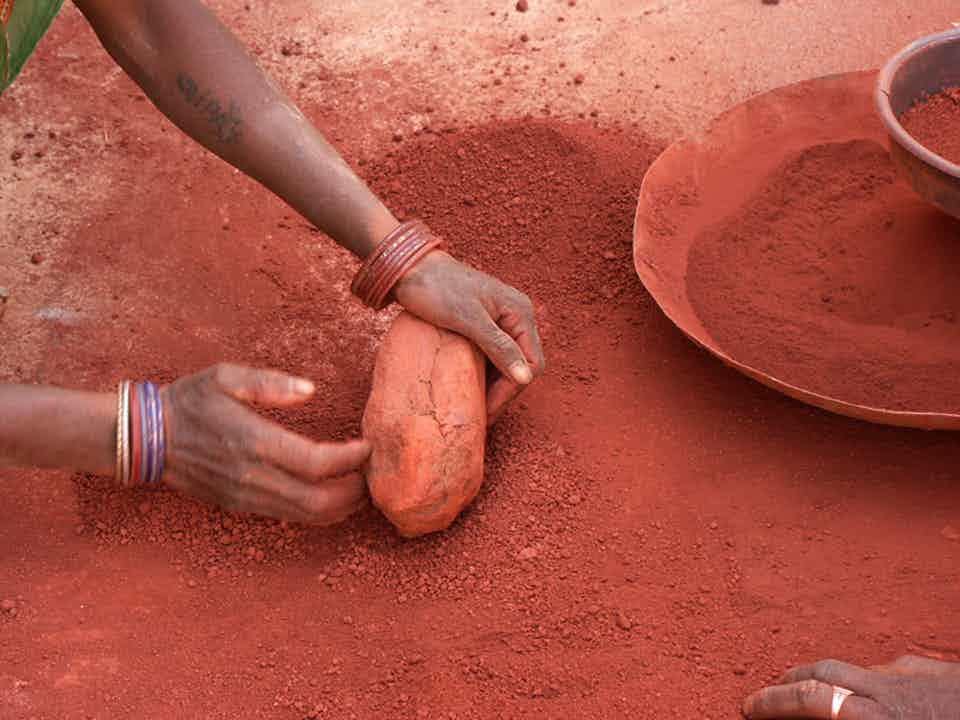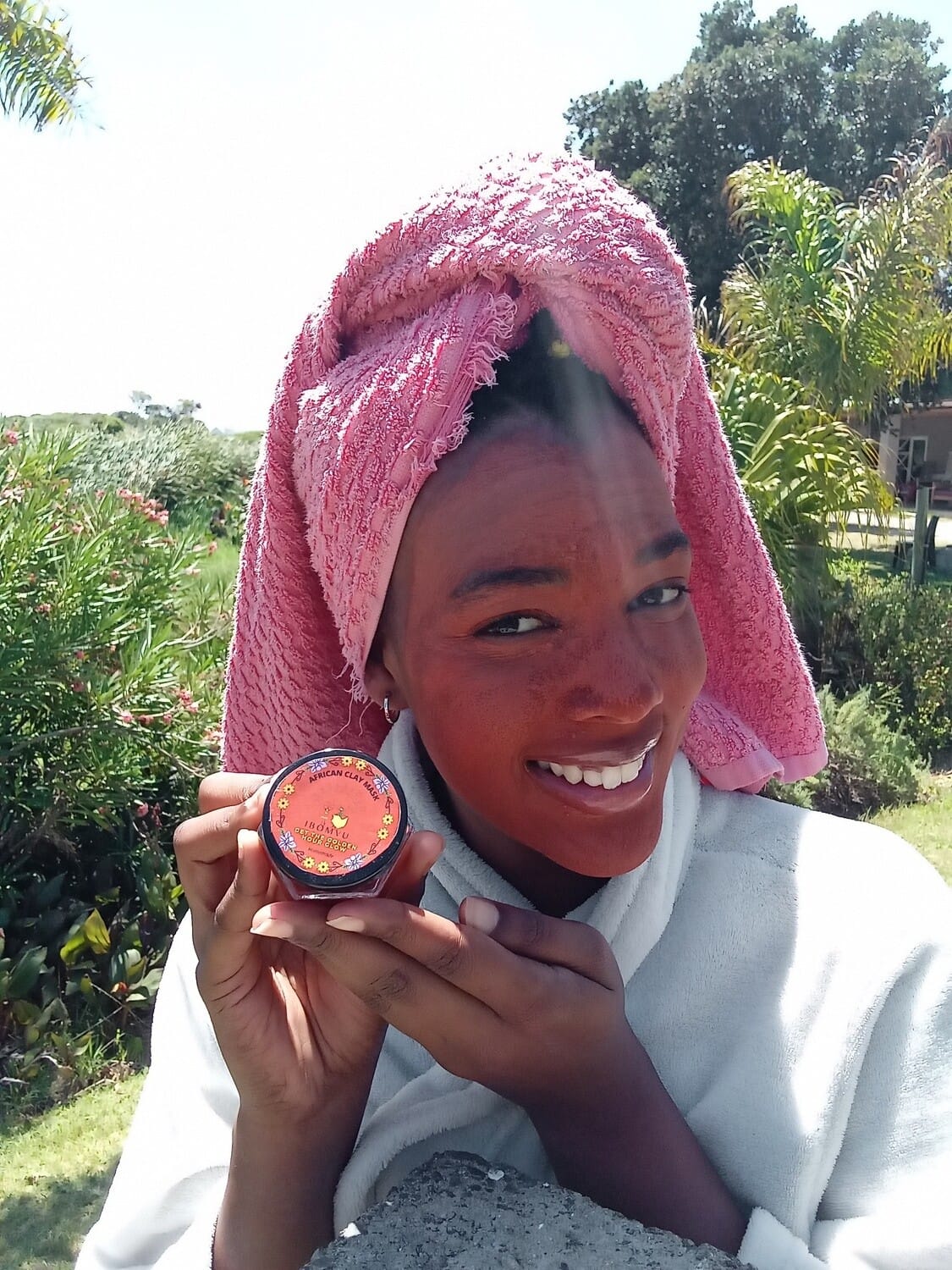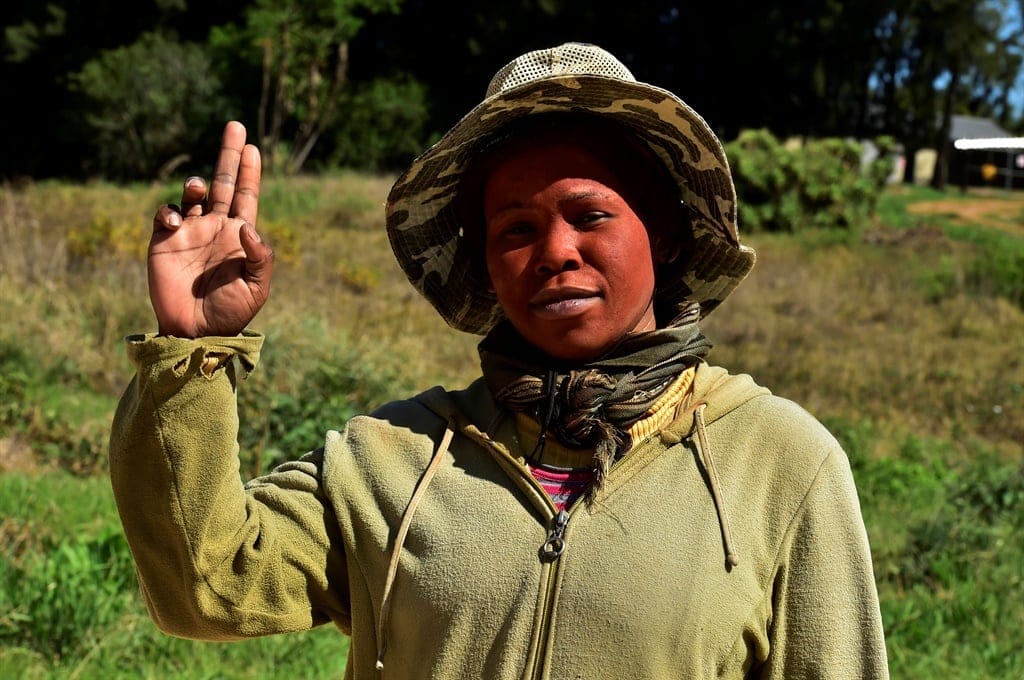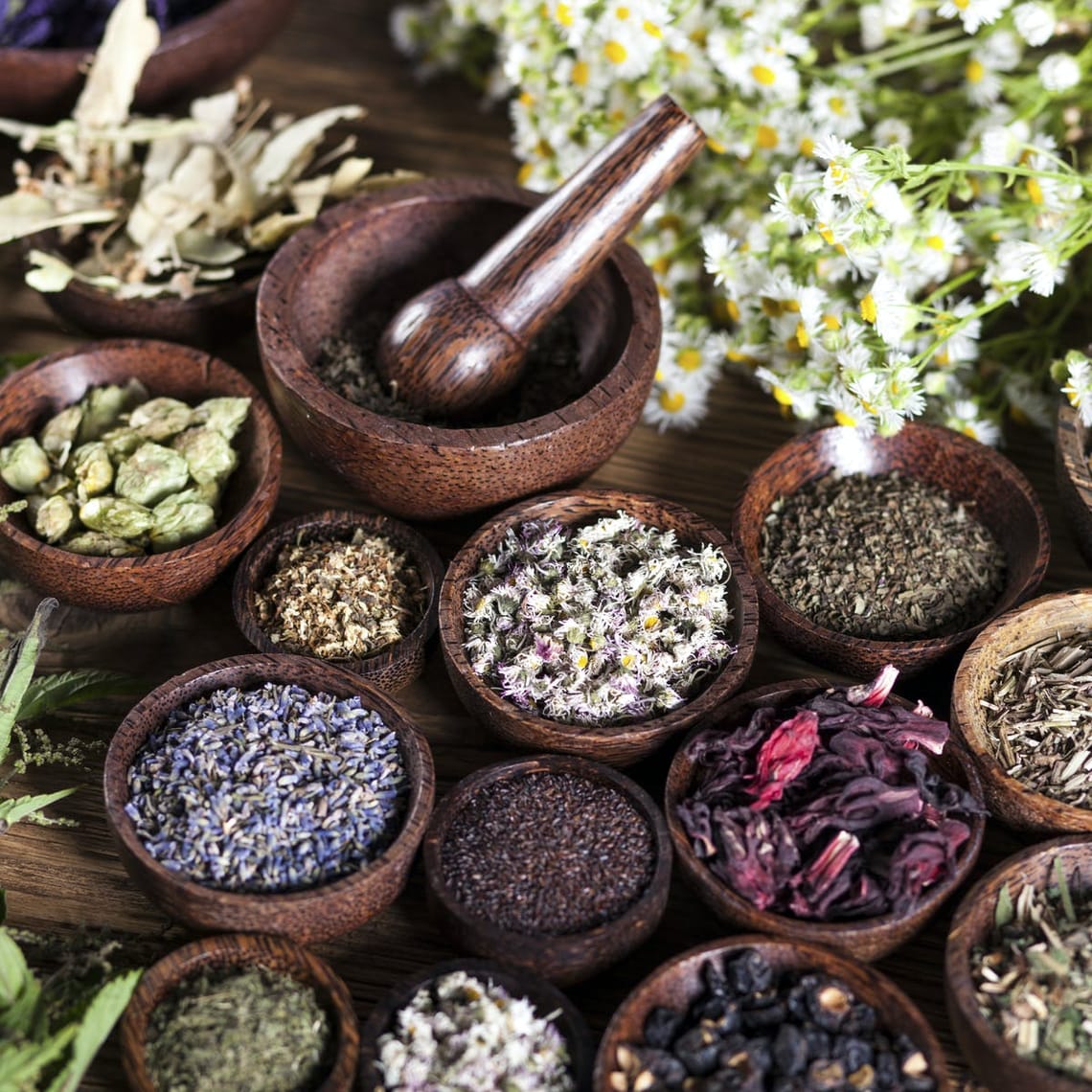Throughout human history, clays and clayey soils have been used for religious, artistic, cosmetic and therapeutic purposes. For example, the utilization of ochre, a clay stained by iron oxides, dates back to the Middle Stone Age. South Africa has a rich tradition in this regard. The red clay pastes are known as letsoku in Sotho culture and ibomvu among Nguni people and are used by both women and men in traditional ceremonies. This and other lighter-coloured clays apparently also serve as sunscreens.
Clays find application as cosmetic products, i.e. applications in which the preparation is placed in contact with the outside of the human body, e.g. the skin, hair and lips. In this context 'clay' can refer to a mineralogical term. However, it may also denote a natural material composed of very fine-grained minerals that show some plasticity when mixed with an appropriate amount of water. The layered structure and colloidal size of the particles constituting the clay give rise to desired rheological characteristics and sorptive abilities, among others. Natural clays typically contain other minerals such as quartz, feldspars, carbonates, sulfates and iron, aluminium or titanium oxides. These minerals may affect the chemical (e.g. stability, purity), physical (e.g. texture, moisture content, particle size) and toxicological requirements specified for each clay application.
Refilwe Morekhure-Mphahlele; Walter W. Focke; Wiebke Grote - Characterization of vumba and ubumba clays used for cosmetic purposes

Clay soil /Ibomvu/Letsoku/Imbola/Luvhundi/Tsumani (Red) is an African Clay that releases our skin's natural glow by extracting impurities that clogs our skin. It is straight from the land which means it's friendly to all skin types. Ibomvu Clay is not here to play! It's more than just Clay. It's part of the way of life in many African tribes. It's a beauty secret that has been passed down generation to generation and sharing it with the rest of the world excites me! It is a natural clay found in low-altitude areas. It has many benefits for the skin, including brightening skin tone, fighting breakouts and pimples, and fading scars, blemishes and pigmentation.
Noluthando Shandu – Ibomvu African Clay Mask

Skincare is not a new phenomenon. In fact, the practice of caring for the skin dates back thousands of years, with ancient civilizations developing their own unique beauty rituals and traditions. Ungangibukeli phansi (Don't look down on me), our ancestors were dermatologists, on healthy beauty and skin Care were knowledgeable on the benefits of red clay soil (as a cleaner and scrub, both for the body and face.) Thokozani boGogo and boMkhulu, you knew that red clay helps thoroughly cleanse the skin and promotes cell regeneration.
Ungangibukeli phansi (Don't look down on me), what is your thoughts?




